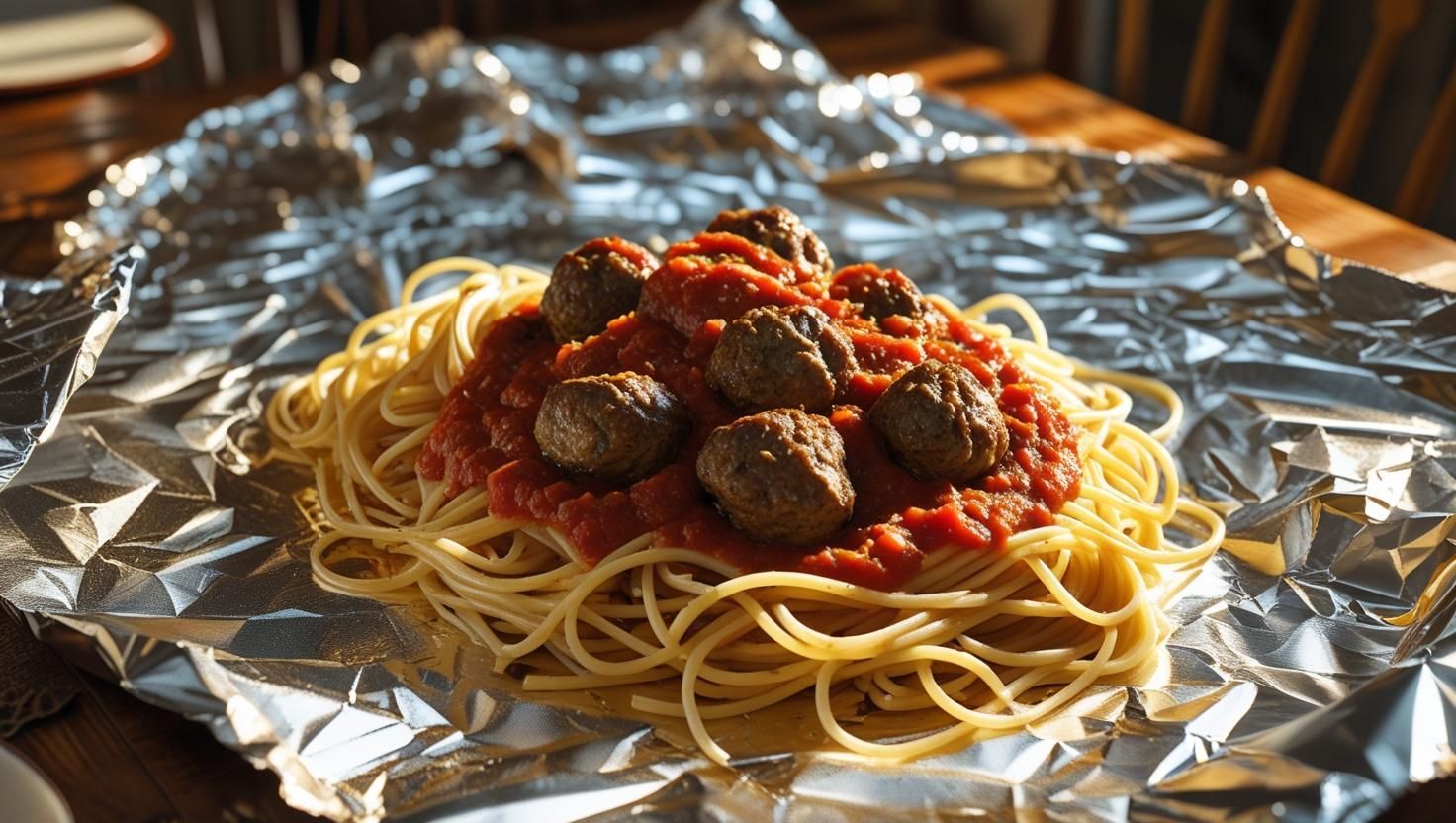Bilateral Coordination
Bilateral Coordination
Question. What is bilateral coordination?
Answer. Bilateral coordination means using both sides of the body at the same time in a controlled way.
Question. What do we use bilateral coordination for?
Answer. Bilateral coordination is an important skill which helps promote daily tasks like walking, eating, tying shoes, cutting paper, writing, etc. It indicates that both sides of the brain are able to communicate with each other.
What are foundational elements of bilateral coordination?
- Body awareness: This involves knowing where the body is in space without necessarily having to see where the body is. It helps with activities such as knowing how high to lift the leg to clear a step without having to look down to see the step.
- Crossing midline: This refers to the ability to reach one side of the body, ie a hand, to the opposite side (across the middle of the body). It allows the body to perform a motor task on the opposite side from where it normally has control, which again requires both sides of the brain to be communicating effectively.
Signs of bilateral coordination challenges:
- Clumsiness
- Input seeking (playing rough, wrestling, crashing into objects)
- Fear having feet off the ground (dislike climbing up, stepping over)
- Alternating hands while writing, drawing, etc since they have not established hand dominance
- Struggle with independence in daily tasks
Ways to promote bilateral coordination in children
- Seated activities - start seated in a chair, feet touching the ground, arms relaxed at the sides
- Lifting right arm to the side while lifting the left knee straight up. Place them back to the starting position. Then, switch to the left arm/right knee. Keep alternating.
- Bringing the right elbow and the left knee to meet each other in the middle. Place them back in the starting position and complete with the left elbow/right knee. Keep alternating.
- Pinching, pulling, twisting play-doh. For an added challenge, hide small objects in the play-doh.
- Stringing uncooked pasta onto a pipe cleaner.
- Quadruped activities - start with hands and knees on the floor, back flat like a table top
- Place a piece of paper on the wall. Maintain the quadruped position with one hand while drawing or placing stickers on the paper.
- Scatter legos, pom poms, or other small toys on the floor. Grab each item individually and place them into a cup.
- Animal walks (ie crab walk, bear crawl)
- Standing activities - start by standing with feet together, arms relaxed at the sides
- Step the right leg forward while raising the left arm overhead. Return to the starting position, then perform with the left leg/right arm. Keep alternating.
- Perform the leg/arm lifts noted in seated activities, starting from a standing position instead.
- Pushing/pulling weighted items such as laundry baskets full of clothes
- All position activities - these activities can be performed in whatever position best suits your child.
- Set up an obstacle course using painter’s tape including zig-zags, turns, tunnels, pillows, etc. Crawl, walk, jump, etc through the course.
- Play with a Zoom ball.
- Play Miss Mary Mack or other hand clapping games.
- Play Simon Says.
- Perform the Hokey Pokey.
Sending Ms. Bria, physical therapist assistant, a big thank you for sharing her knowledge on bilateral coordination and tips/exercises to improve bilateral coordination in children. We are so lucky to have an pediatric physical therapy team here at the Pediatric Movement Center!








